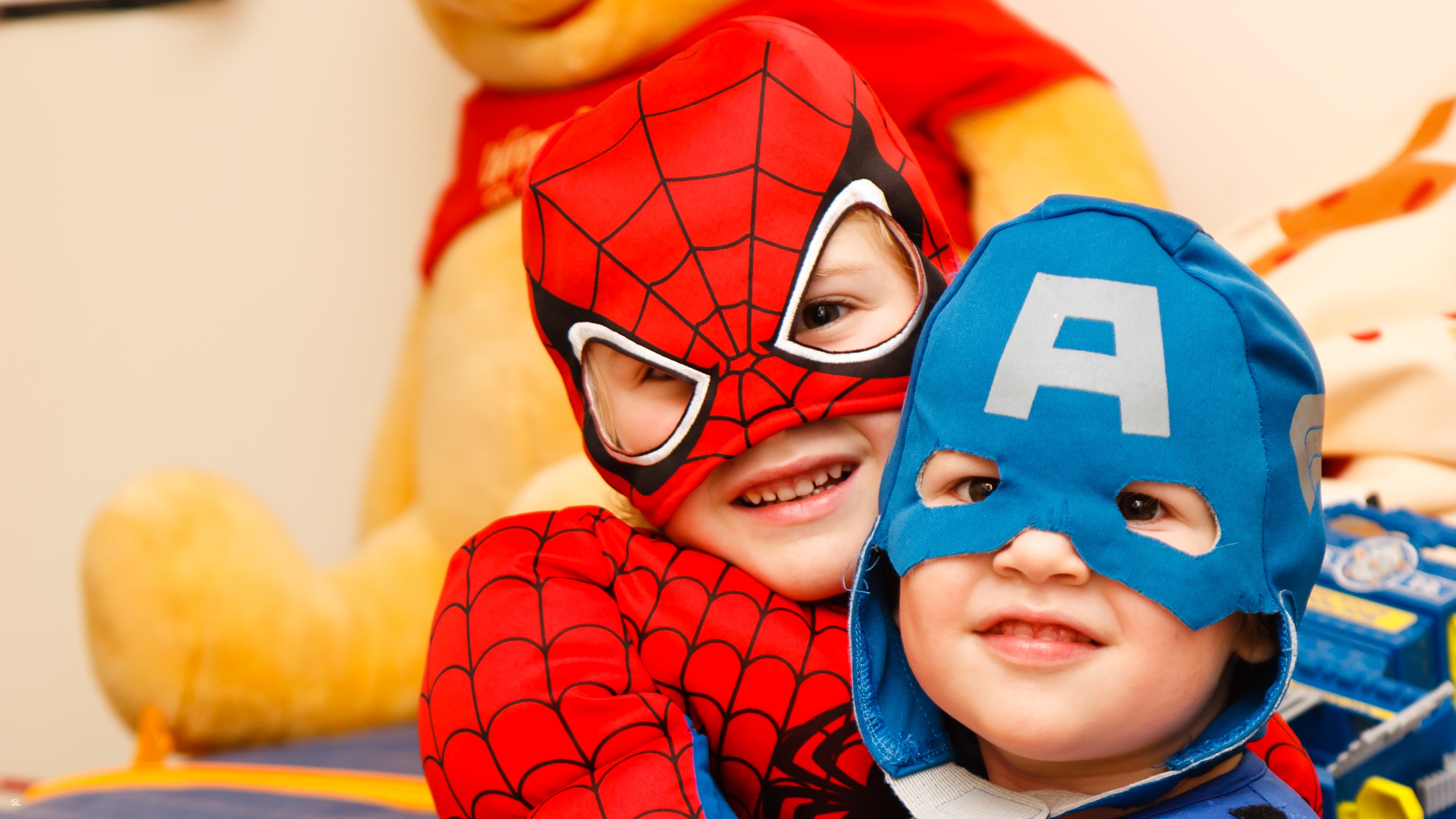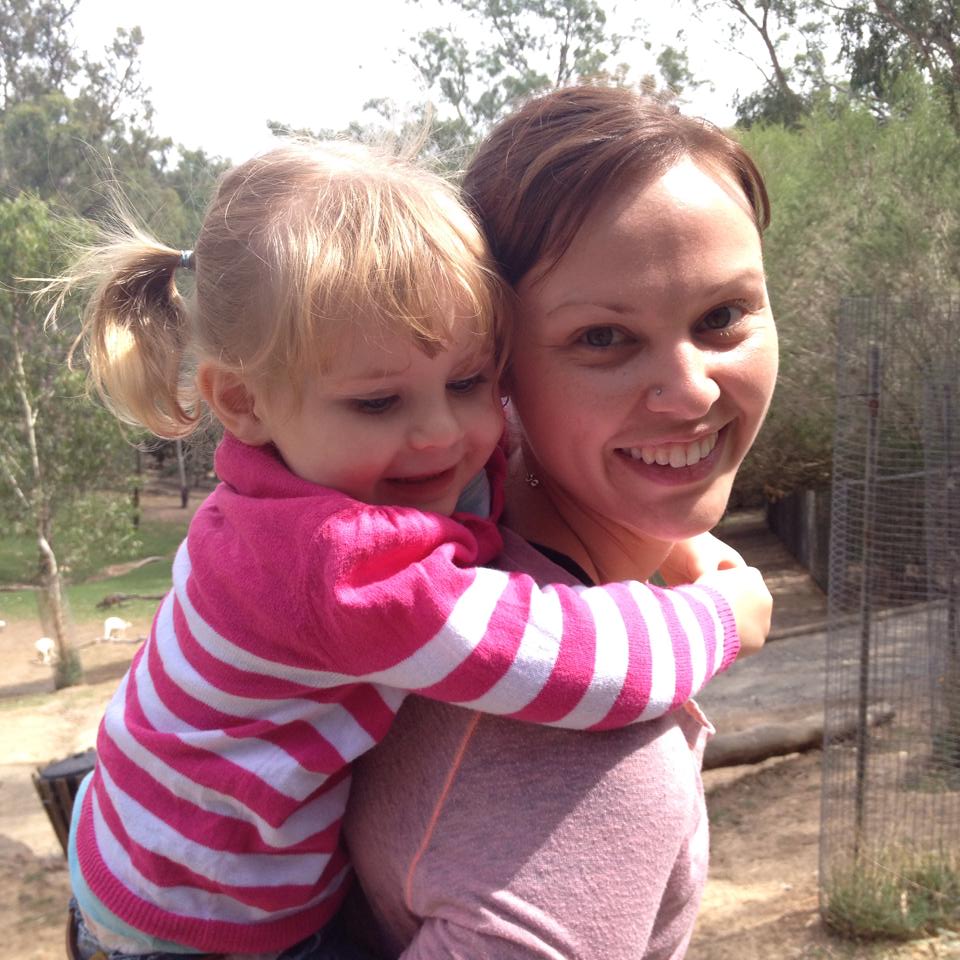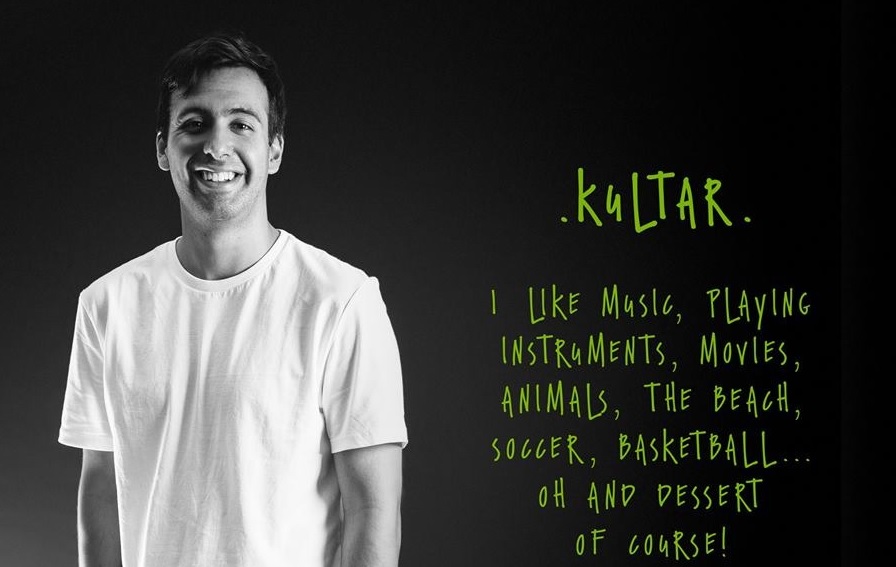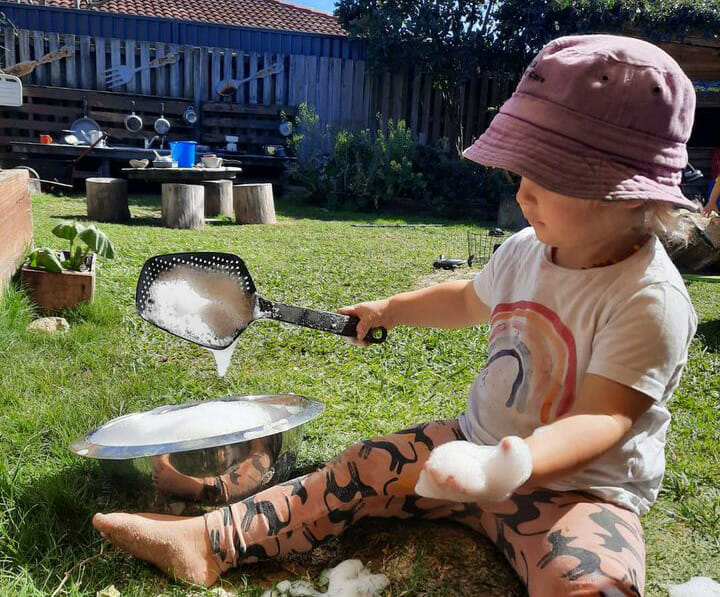Did you say ABC? Nope we said ABA …. which stands for Applied Behaviour Analysis and is the leader in the early intervention years for children diagnosed with Autism Spectrum Disorder (ASD) or General Development Delay (GDD).
It’s an intervention therapy not hugely common and you will not find in in your s general allied health practice however the results are evident based and truly impressive as lots of hard work is committed for this rewarding and fascinating Therapy.
We chat to Kirsty , a private practice Behaviour Consultant and Therapist with a background in Behaviour Therapies and School Readiness Programs and a Bachelor of Psychology.
If you would like to know more about Kirsty’s Private Practice – send us an email- web@kidsinadelaide.com.au or PM us on Facebook!
What led you to become an ABA therapist?
Firstly, it was pure happenstance and opportunity. I did not even know that the profession existed until I studied psychology at Flinders University and learned about their early intervention research program for children with Autism (ASD). I have always been fascinated by childhood development, how we can help children to thrive, and an advocate for learning through play, so when I saw that Applied Behaviour Analysis (ABA) could improve the learning opportunities for children with ASD, and was invited to join the research team I jumped on-board. Although the research program has unfortunately now ended, I continue to provide ABA therapy through my private practice, where I work with children and their families in-school or at home.
What do you think is the biggest misconception about ABA therapy?
Often, parents new to ABA therapy will say, ‘I’ve heard that ABA is very strict, that my child with autism will be forced to sit at a table to learn for hours at a time. I desperately want my child to learn, but I don’t want them to become a robot!’ And yes, ABA therapy sessions do happen at a table, and ABA does use behaviour modification techniques, but only per the child’s developmental stage, and positive interaction through play underpins it all. Skills are taught in achievable steps with explicit instruction, in a no-fail way and with positive reinforcement. For the child, immediate positive feedback increases the likelihood of them repeating their new skill. Techniques that I use are akin to positive parenting strategies such as ‘catching’ and noticing the positive behaviour of children.
Children with autism do not learn in the same way as typically developing children, and the very nature of autism means that these children struggle to develop and understand language. You may have heard it said that children with autism are unlike other young children, because they do not learn by osmosis. This means that they do not typically learn by observation, and then imitate the language or behaviour of other children or adults. So, ABA therapy generally attempts to simplify and focus learning opportunities for children with autism, then they can more meaningfully interact with their world. For example, a young boy with ASD may love to play with toy trains, yet his play mostly involves turning them upside down to spin the wheels while making train noises, and he has a meltdown if another child wants a turn with his train! With explicit teaching during therapy, he can instead learn to first build a train-track, then add the trains, and drive them around the track. Explicit teaching can also help him to learn the vocabulary and skills needed to play with others. For me, I can reliably say that each child I have worked with has flourished in the one-on-one therapy setting, and these children consistently feel proud to learn new skills, language and abilities.
What exactly goes on in an ABA session?
ABA therapy specifically targets the developmental skills known to be delayed among children with ASD. A session will include a broad range of play-based tasks to develop skill areas such as verbal and non-verbal communication, imitation, eye contact, functional play, gross-motor, fine-motor, sensory awareness, shared attention, and self-help skills. Really, there is a lot of overlap between ABA therapy, paediatric speech therapy (ST) and paediatric occupational therapy (OT). We all use a ‘bottom-up’ approach to teach foundation skills first, and because ABA therapy is grounded in learning theory from psychology, it has an added focus on behaviour.
Unlike ST and OT, ABA therapy sessions are often two to three hours in length. Research suggests that ABA therapy is most successful when it is intensive, but be assured that this does include breaks, typically 10 minutes for each hour of therapy (for a four-year-old). Two hours with a child allows me time to cover all skill areas, and because children with ASD benefit from learning by repetition, time for them to practice and master their new skills. Remember, that play is the ‘work’ of childhood, so each session I see a child with autism benefit immensely from the opportunity to play!
For what ages is ABA beneficial?
The skills taught in ABA therapy are part of normal child development, and designed for children with an intellectual age of 18 months to 6 years. It is preferred that this type of intervention begin as early as possible, before the age of 4 or 5 years. Although, some children will not receive a diagnosis of autism within this early intervention time-frame. When tasks are adapted to match their intellect, children older than 6 years can still benefit from the explicit one-on-one learning environment.
What areas/challenges can ABA assist with?
Research shows that for children with autism, ABA therapy can benefit: severe autism symptoms (eg: reduced repetitive behaviours and meltdowns); positive behaviours such as following instructions and attending to tasks; cognitive development; and independent abilities.
Families are ultimately most affected by their child’s disability, and the ABA framework can help them to up-skill their interactions with their child to improve relationships. For parents, simple changes such as giving direct instructions instead of asking questions (eg: ‘it’s time to eat tea’ rather than ‘would you like to come to the tea table please?’ and then following through with positive reinforcement can transform common daily battles into more ordinary and enjoyable events.
Advice for any parent about to start the ABA journey…
ABA therapy is the gold-standard of early- intervention for children on the autism spectrum, but just as autism is a spectrum of disorders, there are different types of ABA therapy providers. As the best advocate for your child, you will know the best fit for your child. And relationship is key to therapeutic intervention – the best outcomes are seen when child and therapist share mutual high regard, that is, they both like each other.
While ABA therapy is the gold-standard, it is not a miracle cure. And especially because of the intensity of therapy, it is hard-work. It is though, a long-term investment in helping your child to develop to their full potential. ABA therapy caters for how children with autism best learn, and that makes it worth all the effort.
And lastly, do you have a favourite story you would like to share about helping someone’s journey?
One of the best aspects of my job is being able to witness both the small and big achievements of children as they learn each day. One child that I have worked with since three-years-old, started school and was completely terrified of the monkey bars. They could not tolerate their feet leaving the ground, or the swinging sensation, and they had poor grip strength to hold the bars. But, despite the anxiety, they could see other kids do it, and wanted to be part of the fun. So, we worked together on upper body strength, hand strength, swinging and spinning, and practiced the monkey bars each week. First, with legs supported, we hung for a few seconds on one bar, then, hung and swung, then we practiced swinging and reaching to the next bar until we made it to the other side together. We took time to master each step until, it was time for me to let go – one year later, this now six-year-old said to me ‘let me show you what I can do!’ and he swung his way across the monkey bars, all on his own.
**UPDATED 2022**
Kirsty has started a new role and no longer offers private ABA therapy. She recommends to contact earlystartaustralia.com.au for ABA therapy information and services
























